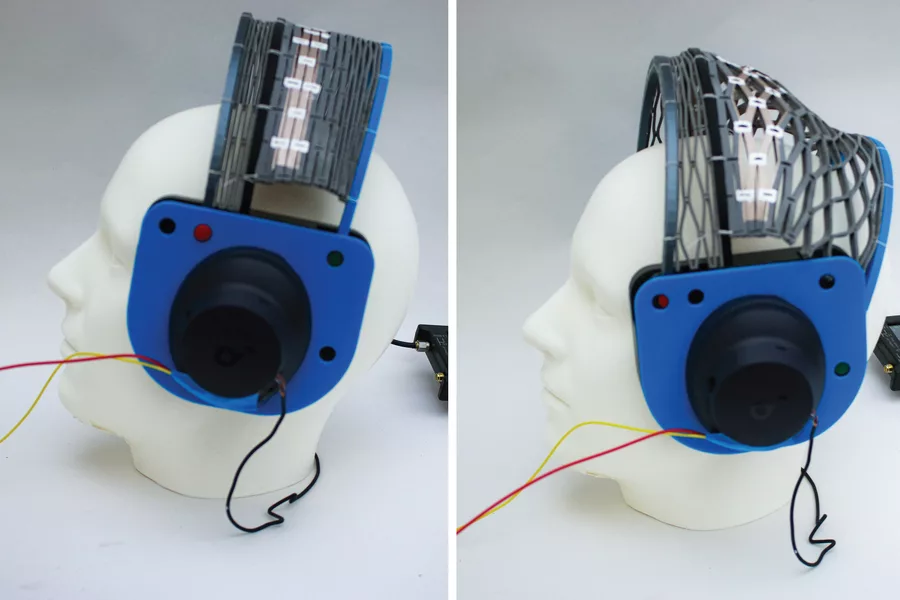For decades, antennas have been dumb pieces of metal—rigid, fixed, and locked into a single job. MIT engineers just blew that idea apart. Their new “meta-antenna” doesn’t sit idle—it bends, stretches, and contorts itself like a gymnast to switch frequencies, sense motion, and reconfigure itself on demand. No gears. No motors. Just geometry and raw ingenuity.
This isn’t just a better antenna—it’s an entirely new category of technology. Imagine headphones that adjust their wireless mode by flexing their structure, AR glasses that track your movement through tiny shifts in resonance, or wearable gadgets that beam energy wirelessly without swapping hardware. In the future, your antenna won’t just send and receive—it will think, adapt, and respond.
The secret lies in auxetic metamaterials, engineered structures that change their properties as they flex. By embedding conductive layers inside a rubbery matrix, the MIT team created an antenna that literally changes its signal behavior when reshaped. In tests, their prototype endured 10,000 compressions without breaking—a feat most antennas wouldn’t survive once.
And here’s the kicker: antennas are no longer just about communication. They’re about sensing. By exploiting changes in resonance frequency, the meta-antenna doubles as a motion detector, a vibration sensor, even a potential biomedical monitor. We’re on the cusp of antennas that are as much about perception as they are about transmission.
If the Internet of Things is going to scale into the billions of devices, it needs antennas that are flexible, cheap, durable, and multifunctional. MIT’s invention could be the blueprint. The antenna has finally evolved from a passive stick of metal into an active, shape-shifting organism.
Related stories worth reading:
- How Metamaterials Are Rewriting the Rules of Electronics
- The Future of Wireless: Tiny Antennas That Live Inside Cells


